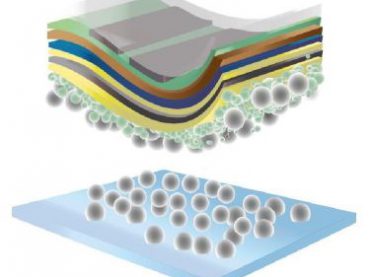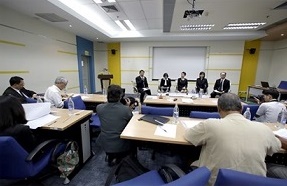Nanoparticles liberate flexible solar cells
A stumbling block for developing flexible solar cells has been the need for a smooth growth substrate to ensure high device efficiency. While glass is readily available, smooth and non-porous, it is also brittle, which makes the flexible properties of the other materials in the device redundant. Now researchers at the Institute of Photonic Sciences […]



